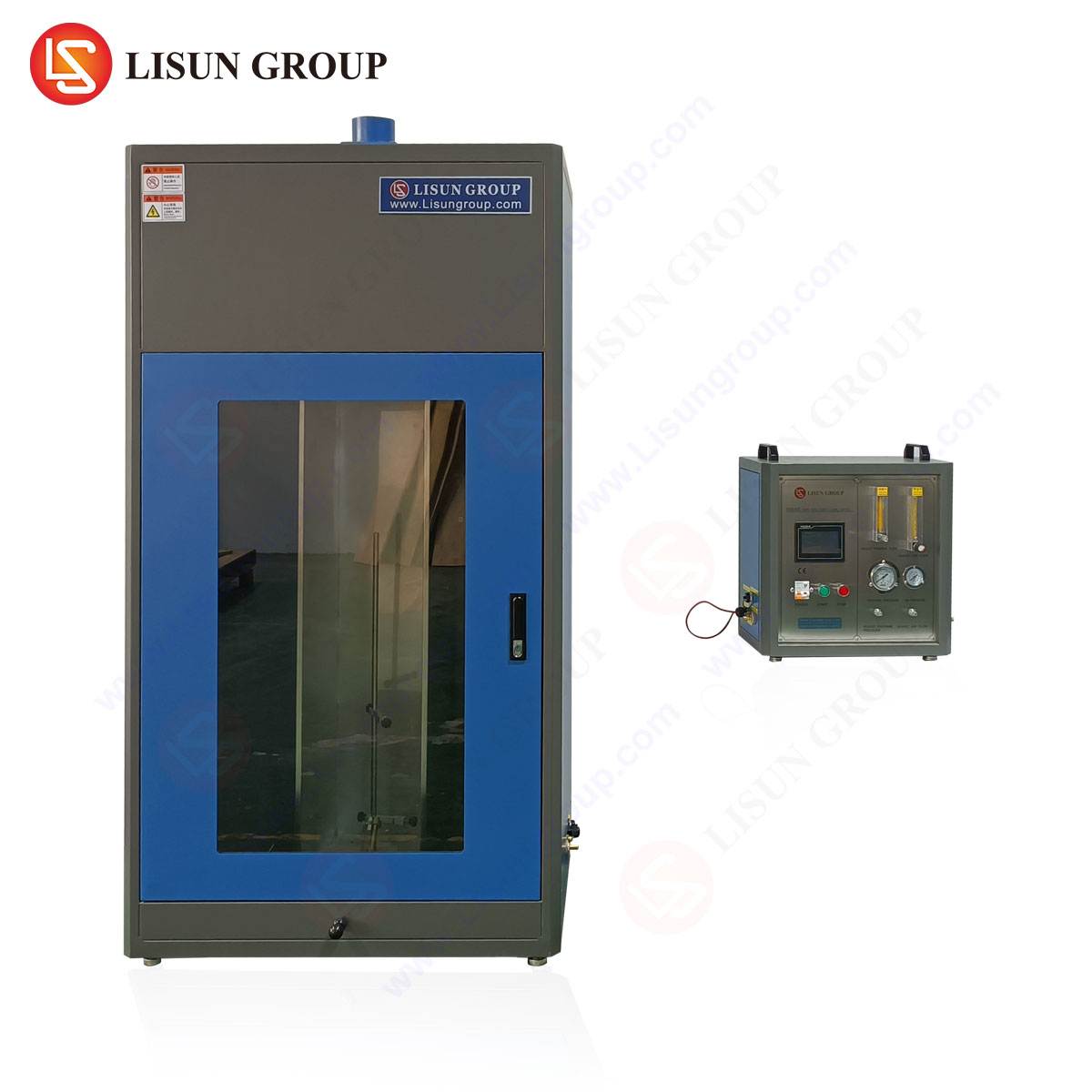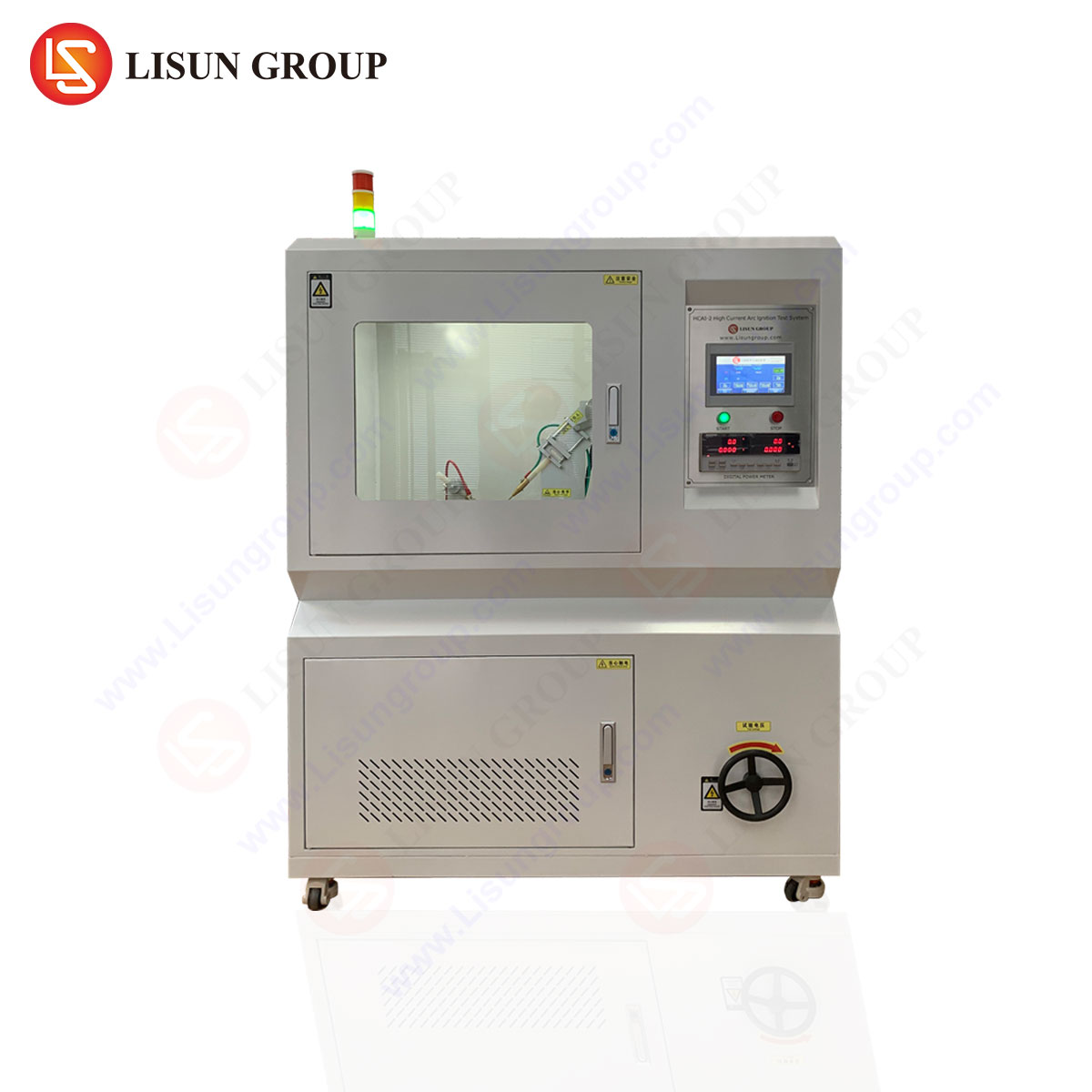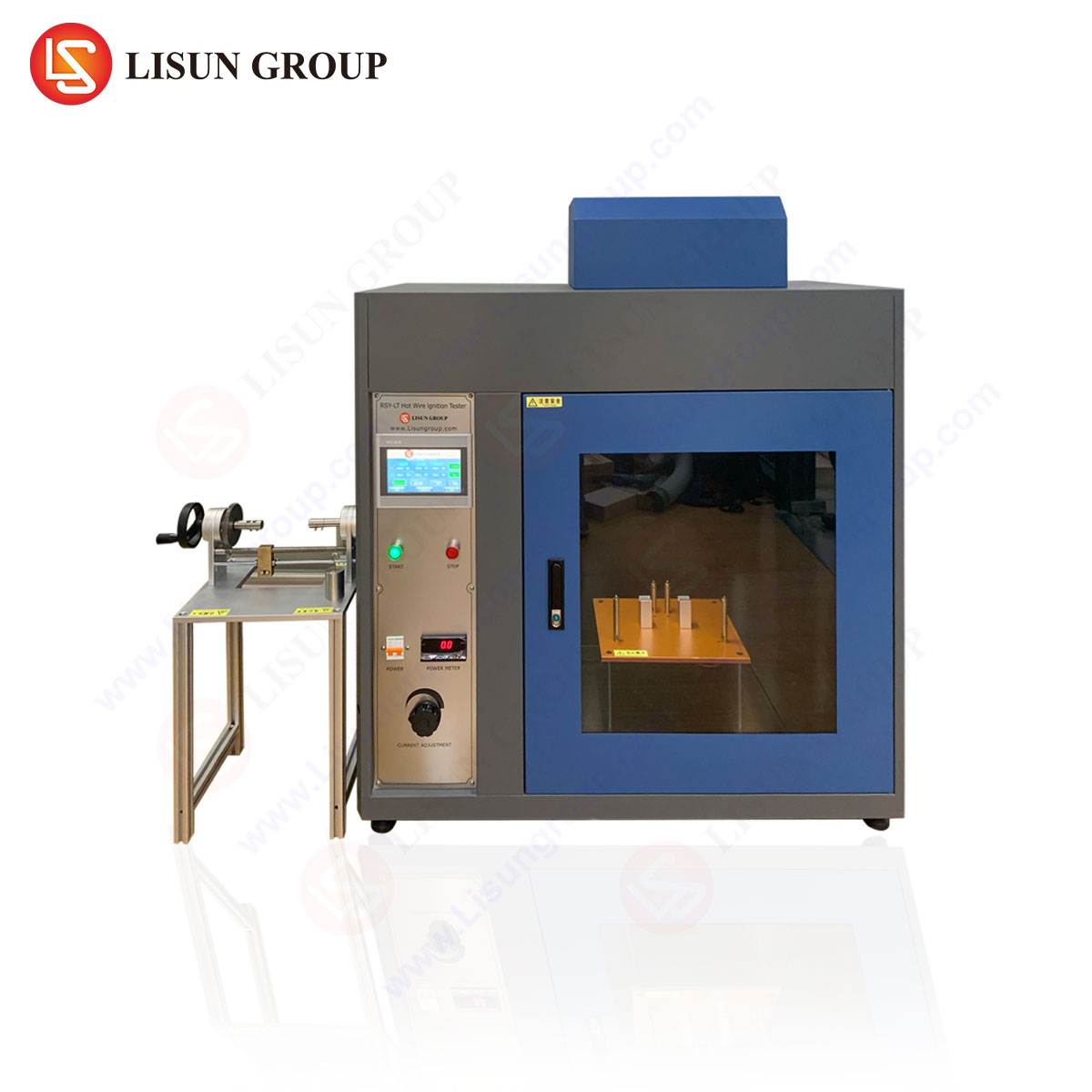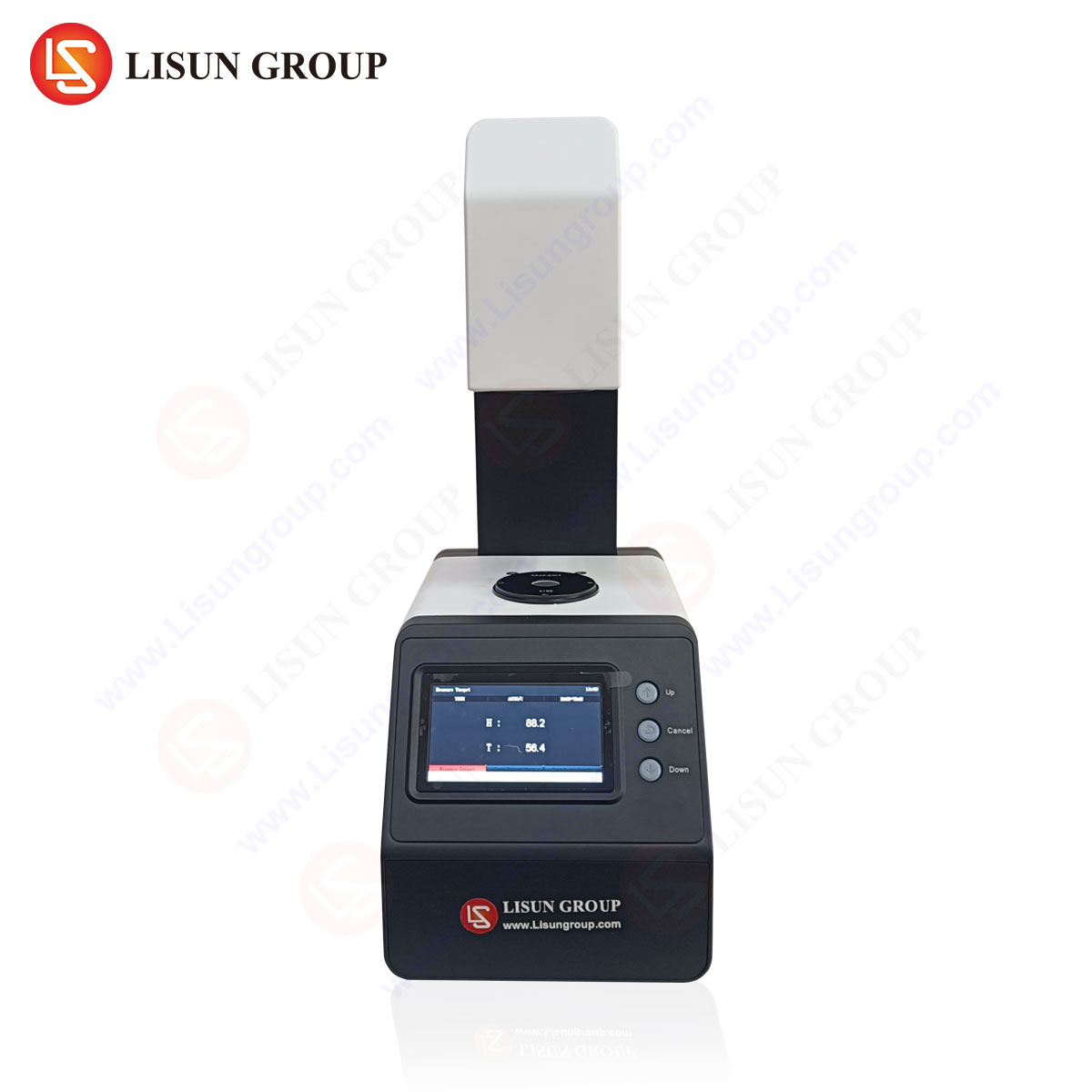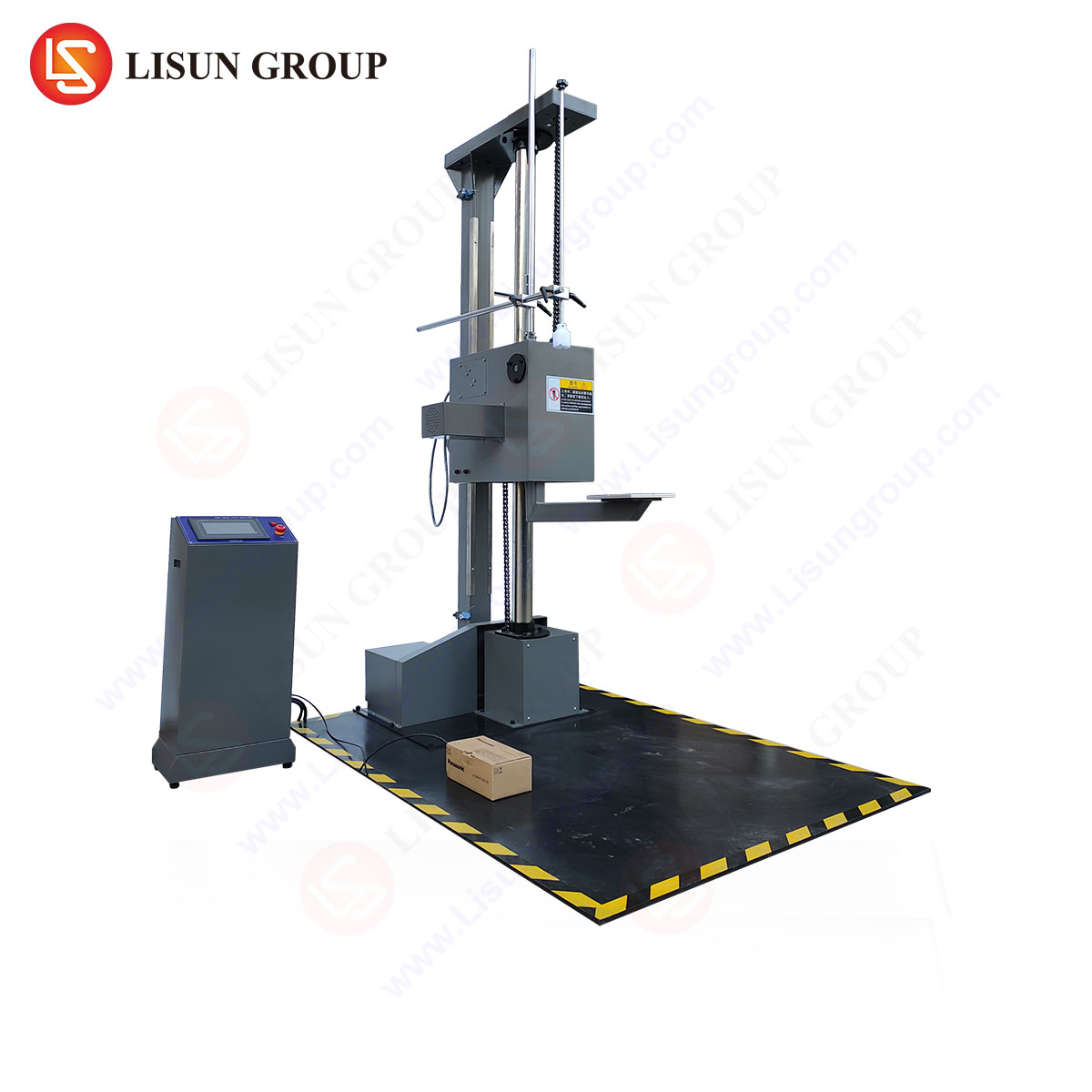An Analytical Framework for ISTA 3A Standard Testing: Protocols, Applications, and Instrumentation
The global supply chain presents a complex and often hostile environment for packaged products. Parcels are subjected to a myriad of dynamic forces—impacts from drops, compressions from stacked loads, and vibrations from various transport vehicles. For manufacturers of high-value, sensitive, or critical components, ensuring that products arrive at their destination undamaged is not merely a logistical concern but a fundamental requirement for brand integrity, customer satisfaction, and economic viability. The International Safe Transit Association (ISTA) 3A Standard, formally titled ISTA 3A: Packaged-Products for Parcel Delivery System Shipment, provides a rigorous, generalized simulation test protocol designed to replicate the hazards inherent in parcel delivery environments. This procedure serves as an essential tool for validating package performance, optimizing protective packaging design, and mitigating the financial and reputational risks associated with in-transit damage.
The Foundational Principles of the ISTA 3A Standard
ISTA 3A is a generalized simulation protocol intended for packaged-products weighing 150 lb (70 kg) or less, which are distributed through parcel delivery systems. Unlike pass/fail standards, ISTA 3A is a performance test. Its primary objective is to expose the packaged-product to a sequence of stressors that accurately mimic the real-world distribution environment, thereby allowing engineers to assess the efficacy of the packaging system in protecting its contents. The test sequence is comprehensive and non-negotiable, comprising a specific order of mechanical stresses: atmospheric pre-conditioning, shock (impact), and vibration.
The philosophy underpinning ISTA 3A is one of cumulative damage. The test sequence is designed in a specific order to reveal potential failure modes progressively. For instance, vibration testing is conducted after shock testing because the impacts may loosen internal packaging or components, making them more susceptible to the fatiguing effects of vibration. This sequential approach provides a more accurate and severe assessment than testing each element in isolation. The standard mandates a meticulous inspection of the product and packaging before, during, and after testing. Any damage, degradation, or failure must be documented, as these observations form the basis for determining whether the packaging system is adequate or requires redesign.
Atmospheric Preconditioning: Establishing a Baseline Environment
Prior to any mechanical testing, the ISTA 3A procedure requires that the test specimen undergo atmospheric preconditioning. This critical step is often overlooked but is vital for ensuring the validity and repeatability of the subsequent tests. Packaging materials, particularly corrugated fiberboard and certain cushioning polymers, exhibit significantly different mechanical properties under varying temperature and humidity conditions. A package designed and tested in a dry, climate-controlled laboratory may fail catastrophically if shipped through a humid tropical region, as the compressive strength of corrugated board can decrease by over 50% in high-humidity environments.
The standard specifies that preconditioning should be conducted for a minimum of 12 hours at one of the defined atmospheric conditions, typically selected based on the expected shipment journey. Common conditions include:
- Standard Laboratory Atmosphere: 73°F (23°C) and 50% RH
- Humid: 73°F (23°C) and 85% RH
- Cold: -18°C (0°F) or 5°C (41°F)
- Hot: 50°C (122°F)
This process stabilizes the package, bringing its moisture content and temperature to a known equilibrium. Testing from this uniform baseline eliminates a key variable, ensuring that any performance failures observed during mechanical testing are attributable to the design of the packaging system itself rather than an uncontrolled environmental fluctuation.
Shock Testing: Simulating Parcel Handling Impacts
The shock test sequence is the core of the ISTA 3A procedure, designed to replicate the impacts a package will experience during manual and mechanical handling. This includes drops from conveyors, tosses into delivery trucks, and impacts with other parcels. The test prescribes a series of free-fall drops from specified heights onto a rigid, unyielding surface, such as a thick steel or concrete plate. The drop height is determined by the packaged-product’s weight, with heavier items assigned shorter drop heights, reflecting typical handling practices.
The drop sequence is highly specific and includes orientations that represent the most probable and most damaging impacts:
- Primary Faces: One drop on each of the three primary faces (typically the largest faces).
- Secondary Edges: One drop on each of the three secondary edges.
- Tertiary Corners: One drop on each of the three tertiary corners.
This progression from faces to edges to corners is intentional. An impact on a corner focuses the entire kinetic energy of the drop onto a very small area, generating extremely high stress concentrations that are most likely to compromise the integrity of the outer shipping container. This, in turn, can lead to the failure of internal cushioning and direct damage to the product within. For products with a known fragile point or a predetermined orientation, the standard allows for an additional “fragility” drop in that specific orientation.
Vibration Testing: Replicating Vehicle-Induced Stresses
While shock events are discrete and high-intensity, vibration is a continuous, lower-intensity stressor that can be equally damaging through the mechanism of fatigue. The vibration test in ISTA 3A is a random vibration test, which is a more accurate representation of the complex frequency spectra generated by trucks, aircraft, and rail cars than simpler sinusoidal vibration. Random vibration contains a continuous distribution of frequencies and amplitudes occurring simultaneously, which excites the natural resonant frequencies of both the product and the packaging system.
The test is conducted in two segments:
- Without Top Load: The package is vibrated without any additional load to assess its performance under normal conditions.
- With Top Load: A compressive load is applied to the package to simulate being at the bottom of a stack in a trailer or warehouse. This load is calculated based on the package’s footprint and a standard stacking height assumption.
The test profile is defined by a Grms (root mean square acceleration) value, which is a measure of the overall energy level of the vibration. The test duration is typically 60 minutes per axis (vertical and horizontal), though it can be extended for long-distance shipments. During vibration, resonant frequencies can cause products to “walk” out of their cushions, internal components to loosen, and cardboard score lines to weaken and fail, leading to catastrophic collapse under stack loading.
Instrumentation for Precision: The Role of the DT-60KG Drop Tester
The accuracy and repeatability of ISTA 3A testing are wholly dependent on the precision of the equipment used. A drop tester must provide a truly free-fall drop onto a sufficiently rigid impact surface and allow for precise control over drop orientation. The LISUN DT-60KG Drop Tester is engineered specifically to meet these stringent requirements for packages up to 60 kg, making it an ideal solution for validating products across a wide range of industries.
The DT-60KG operates on an electromagnetic release mechanism. The test package is secured to a lift table, which is raised to the pre-programmed drop height. At the moment of release, an electromagnetic mechanism disengages instantaneously and without imparting any lateral motion or rotation, ensuring a perfectly vertical, free-fall drop that complies with the ISTA standard’s mandate for an unassisted gravity fall. The tester’s solid-state construction, featuring a massive steel base plate and robust twin-column design, guarantees that the impact surface does not deflect or absorb energy during the test, ensuring that all kinetic energy is transferred directly to the package—a critical factor for test severity and repeatability.
Key Specifications of the DT-60KG Drop Tester:
- Max Test Weight: 60 kg
- Max Drop Height: 1500 mm (adjustable in 1 mm increments)
- Impact Surface: Rigid steel plate with a mass at least 50 times that of the heaviest test specimen
- Release Mechanism: Electromagnetic, ensuring a true free-fall without initial rotation or velocity
- System sterowania: Programmable logic controller (PLC) with touch-screen HMI for storing and executing multiple test programs
- Funkcje bezpieczeństwa: Emergency stop, protective safety guards, and dual-hand operation buttons
Industry-Specific Applications and Validation Use Cases
The universality of the parcel shipping system means the ISTA 3A standard and equipment like the DT-60KG are applicable to a vast spectrum of industries. The test procedure validates not just the shipping box, but the entire product-packaging system.
- Electrical and Electronic Equipment & Telecommunications Equipment: Servers, routers, and switches contain printed circuit boards (PCBs) with surface-mount technology (SMT) components and ball grid array (BGA) soldered connections. Shock tests validate the cushioning protecting against PCB flexure and solder joint fracture, while vibration tests uncover potential fatigue in internal mounts and connectors.
- Automotive Electronics & Industrial Control Systems: Engine control units (ECUs), sensors, and programmable logic controllers (PLCs) must withstand transit to avoid latent failures. The DT-60KG can test the ruggedized packaging for these units, ensuring vibration does not loosen terminal blocks or dislodge internal wiring.
- Urządzenia medyczne: The performance and sterility of diagnostic equipment, portable monitors, and surgical devices are paramount. Testing ensures that shock does not compromise calibration or damage sensitive optical and mechanical components, and that vibration does not abrade sterile barrier systems.
- Aerospace and Aviation Components: Even components destined for aircraft undergo parcel shipment. Testing avionics modules or composite parts validates that protective packaging prevents microcracks, delamination, or damage to precision connectors that could lead to costly failures later.
- Lighting Fixtures and Consumer Electronics: For products like high-value LED fixtures, OLED televisions, and professional audio equipment, the combination of shock and vibration testing is crucial to prevent broken lenses, cracked screens, and damaged internal amplifiers. The precise drop orientation control of the DT-60KG is essential for testing these often-large, flat-packed items.
Competitive Advantages of Modern Drop Test Systems
Modern test upadku systems like the LISUN DT-60KG offer significant advantages over older, less sophisticated methods. The programmability of the PLC allows technicians to save complex, multi-orientation test sequences, ensuring perfect repeatability between tests and eliminating operator error in height setting or release timing. The electromagnetic release mechanism is a critical differentiator from mechanical or pneumatic systems, which can impart friction or a slight push, invalidating the “free-fall” requirement of the standard. The robust construction and high mass of the impact baseplate are non-negotiable for achieving test severity; a baseplate that flexes or moves upon impact absorbs energy and provides a less severe test, leading to false positives and packaging failures in the field. By investing in calibrated, compliant equipment, companies ensure their packaging validation is both scientifically rigorous and economically defensible.
Conclusion: The Critical Role of Validated Testing
The ISTA 3A test procedure is not a mere formality but a sophisticated engineering simulation that provides empirical data on package performance. In an era of globalized manufacturing and e-commerce, the cost of failure—in terms of product returns, warranty claims, and brand damage—is exceedingly high. Implementing a rigorous testing regimen using precise and compliant instrumentation, such as the LISUN DT-60KG Drop Tester, provides manufacturers with a high degree of confidence that their products will survive the rigors of the distribution environment. It transforms packaging design from an art based on assumption into a science grounded in data, ultimately leading to reduced damage rates, lower shipping costs, and enhanced customer satisfaction.
Często zadawane pytania (FAQ)
Q1: Why is the rigidity of the drop tester’s impact surface so critical?
The ISTA standard requires impacts onto a “rigid, unyielding surface.” If the impact surface (baseplate) flexes or moves, it absorbs a portion of the kinetic energy from the falling package. This results in a less severe impact than what would occur in the real world—for example, when a package is dropped onto a concrete loading dock. A non-compliant, flexible baseplate produces a false positive, suggesting the packaging is adequate when it may not be, leading to failures in actual transit.
Q2: Our product has a very specific and known fragile component. Can ISTA 3A be tailored to test this?
Yes. While ISTA 3A provides a standard generalized sequence, it includes provisions for additional tests to address known product vulnerabilities. Clause 4.2 of the procedure allows for supplemental tests, such as an additional drop onto a specific face or edge where the fragile component is located. This enables engineers to conduct a more focused investigation into the protection of critical product elements.
Q3: How does the DT-60KG ensure a true “free-fall” drop as required by the standard?
The DT-60KG utilizes an electromagnetic release mechanism. The package is held securely by an electromagnet. Upon initiation of the drop, the current to the magnet is cut, resulting in an instantaneous and complete release without any lateral force, push, or friction. This is superior to mechanical clamps or pneumatic systems, which can inadvertently impart forces that alter the package’s trajectory and violate the free-fall condition.
Q4: Is vibration testing really necessary if our product is well-protected against drops?
Absolutely. Shock and vibration cause different types of damage through different mechanisms. A package may survive single-impact events but fail under the prolonged fatiguing stresses of vibration. Vibration can cause abrasion, loosen screws and connectors, cause components to shift within their cushioning, and weaken corrugated cardboard, reducing its stacking strength. Both tests are integral and non-interchangeable parts of the ISTA 3A sequence.
Q5: What is the purpose of testing with a top load during the vibration phase?
The top load simulates the compressive force experienced by packages stacked on a pallet or in the bottom of a transport vehicle. This compression pre-stresses the corrugated cardboard container. When vibration is then applied, it can accelerate the failure of the pre-loaded package, revealing weaknesses like panel buckling or collapse that would not occur under vibration alone. This combined stress test is a more accurate and severe simulation of real-world conditions.


